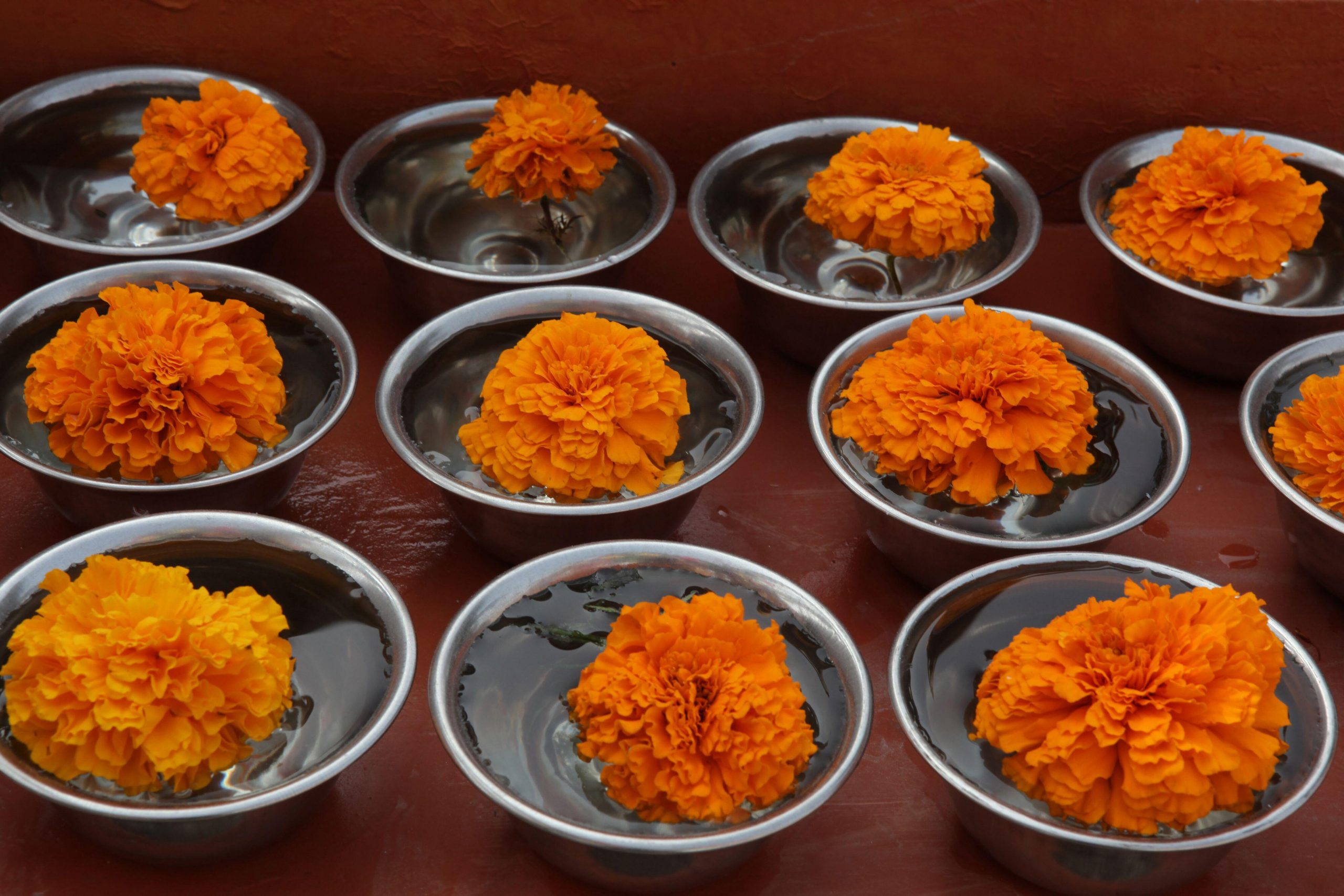Appian Way: How to explore Rome’s original superhighway by bike
Richard Collet swaps the Colosseum for another ancient wonder: the 2,300-year-old, 600km route from the Italian capital to Brindisi

Sign up to Simon Calder’s free travel email for weekly expert advice and money-saving discounts
Get Simon Calder’s Travel email
It was 9am in Rome, and the Colosseum cast great shadows across well-formed queues of tourists edging closer to the almost 2,000-year-old entrance. I’d braved this queue many years before on my first visit to the Italian capital, but this time I’d arrived in Rome the night before with the intention of escaping the city almost immediately.
I wasn’t here to see the Forum, the Pantheon or the Baths of Caracalla either; I was here to see a lesser-known work of Roman engineering arguably more vital to Roman history than amphitheatres and hippodromes. I pushed against the tide of tourists walking towards the Colosseum and instead made my way to a bicycle rental shop on a nearby sidestreet.
Inside, staff were busy checking batteries and fiddling with gears, as they prepared e-bikes for the day’s cycling tour.
“We’ll be cycling the Via Appia or the ancient Appian Way,” explained Sara Pelagus, our e-biking tour guide, as our group of 10 or so tourists strapped on helmets and adjusted saddles. “The road goes all the way from Rome to Brindisi. It was 600 kilometres in total, but don’t worry, because we are just covering around 30 kilometres today!”
The Carafalla Valley
(Richard Collett)
The Appian Way is the original superhighway. The Roman statesman Appius Claudius Caecus ordered its construction in 312BC, and it became a means to expand power to the southeast of Rome. Roman legions, travellers and merchants could quickly march from Rome to the port city of Brindisi, from where they could cross the Adriatic Sea, and in later centuries join the Via Egnatia (starting in what’s now Albania) to travel all the way to Constantinople (now Istanbul).
The best-preserved segments of this 2,300-year-old route are found outside Rome. Sixteen kilometres of paved cobblestones are protected alongside equally historic catacombs, churches and castles as part of the Parco Regionale dell’Appia Antica, the second-largest urban park in Europe.
Today, a number of companies offer full and half-day e-bike tours through the park, offering a sustainable, history-packed way to escape the city and avoid the crowds at Rome’s better-known ancient sites.
Padded seats and turbo mode made the e-bikes a breeze to ride, and I cycled past the Colosseum’s queues and followed Sara along modern roads to Rome’s Aurelian Walls
Padded seats and turbo mode made the e-bikes a breeze to ride, and I cycled past the Colosseum’s queues and followed Sara along modern roads to Rome’s Aurelian Walls, where we found one of the city’s traditional exits.
“This is the Porta San Sebastiano,” she said, as we stopped beneath a stone archway inscribed with thousand-year-old graffiti. “This was the official starting point of the Appian Way.”
On the other side of the archway, cars were stalled at traffic lights. In a city where layers of history are merged chaotically together, ancient gates and walls aren’t just relics, they’re a part of Rome’s enduring infrastructure. The Appian Way is still a major thoroughfare in parts, and we switched into turbo mode as Sara led us single file under the Porta San Sebastiano and across the busy intersection.
Half an hour after departing the bike shop, we’d left the traffic and tarmac behind as we reached the cobblestones marking the entrance to Parco Regionale dell’Appia Antica. But rather than simply cycling straight up the Appian Way, and then turning around again, Sara first led us on a loop through the adjacent Caffarella Valley, which is also part of the wider regional park.
Rome’s Aurelian Walls
(Richard Collett)
“Originally, the Caffarella Valley was a swamp,” she said as we stopped on a gravel path at the base of the valley. “There were mosquitos and malaria, but now we have a lush, super green area that’s thriving with bird life. That’s so rare because it’s so close to the city.”
I sat back in the saddle and enjoyed countryside views as we followed gravel tracks through the valley. We emerged from the greenery onto a tarmacked road in a Roman suburb, then stopped on the brow of a hill.
Sara explained that we were now in the Parco degli Acquedotti, another protected area within the Parco Regionale dell’Appia Antica. From here, we could see the Aqua Claudia stretching towards the distant mountains. Finished in AD52 during the reign of Emperor Claudius, this vital aqueduct supplied Rome with a constant stream of fresh water.
The ruins of this other great feat of Roman engineering are still standing, although centuries-old olive trees rooted themselves long ago in the volcanic stones. We cycled in and out of the aqueduct’s arches, stopped for a revitalising Aperol spritz in the park’s cafe, and then set off south to re-meet the ancient cobblestones of the Appian Way.
Wild rosemary and mint grew in the crevices and cracks of the pebbles, giving a surprisingly fresh tang to the air as I looked along the perfectly straight southeastern line of the road
“Now we are on the best-preserved section of the stone Appian Way,” said Sara, as we came to a halt in the centre of the road. “There’s history everywhere. Lift a rock and you find a Roman villa!”
The road was wide enough for two chariots to pass in unison, and I could see grooves in the stones smoothed over time by passing traffic. Wild rosemary and mint grew in the crevices and cracks of the pebbles, giving a surprisingly fresh tang to the air as I looked along the perfectly straight southeastern line of the road that dipped towards the horizon.
And among the shade of the tall Italian pine trees that lined the Appian Way, the ruins of a fallen empire lay by the roadside. I was taken aback by the sheer number of granite columns, marble rubble and engraved headstones stones seemingly strewn along the path.
Sara explained how the superhighway was also the longest graveyard in the world. This was where the Romans crucified 6,000 survivors of Spartacus’s slave army in 71BC, while countless Romans were buried along the road in tombs and sarcophagi which still line the Appian Way. Later, Christians buried their dead in nearby catacombs into which tourists can venture on guided tours led by priests.
Cycle alongside an aqueduct on the original superhighway
(Richard Collett)
While the Appian Way fell into various states of disrepair after the fall of the Roman empire, its route was never forgotten. Much of the original path from Rome to Brindisi is still in use, even if much of it outside of the Parco Regionale dell’Appia Antica has been tarmacked over.
To help protect this important piece of history, the Italian government is now seeking Unesco World Heritage status for the Appian Way’s full 600 or so kilometres, a bid which will be reviewed in February 2023. The Appian Way’s tentative Unesco listing describes the road as the forerunner to a great Roman road system which eventually stretched for 12,000km, and “which is still the backbone of the road systems of all the countries in the Mediterranean area”.
The Ministry of Cultural Heritage is also set to spend some €20m in an ambitious effort to develop the route of this ancient road into a long-distance hiking trail that could be followed from Rome to Brindisi.
The route is lined with history
(Richard Collett)
On our return to Rome, we again cycled past the continuing queues for the Colosseum, having covered around 30km in total, both on and off-road. All roads lead to Rome, as they say (a phrase inspired, aptly enough, by the Appian Way), but sometimes, it’s good to cycle the other way too.
Travel essentials
Getting there
Trying to fly less?
You can reach Rome by rail by catching the Eurostar from London to Paris, a fast TGV train to Milan or Turin, staying overnight and catching an onward train to Rome the next day.
Fine with flying?
There are myriad flights from UK airports to Rome each day, from airlines including easyJet, British Airways, Ryanair, Wizz, Vueling and Ita Airways.
Staying there
The Cross Hotel offers doubles from €71, room only.
More information
Roma Star Bikes offers e-bike tours daily, with prices starting from €49 per person. They provide e-bikes and helmets, with the half-day tour covering around 30km in total.

 JaneWalter
JaneWalter 





















![Run An Ecommerce SEO Audit in 4 Stages [+ Free Workbook]](https://api.backlinko.com/app/uploads/2025/06/ecommerce-seo-audit-featured-image.png)









